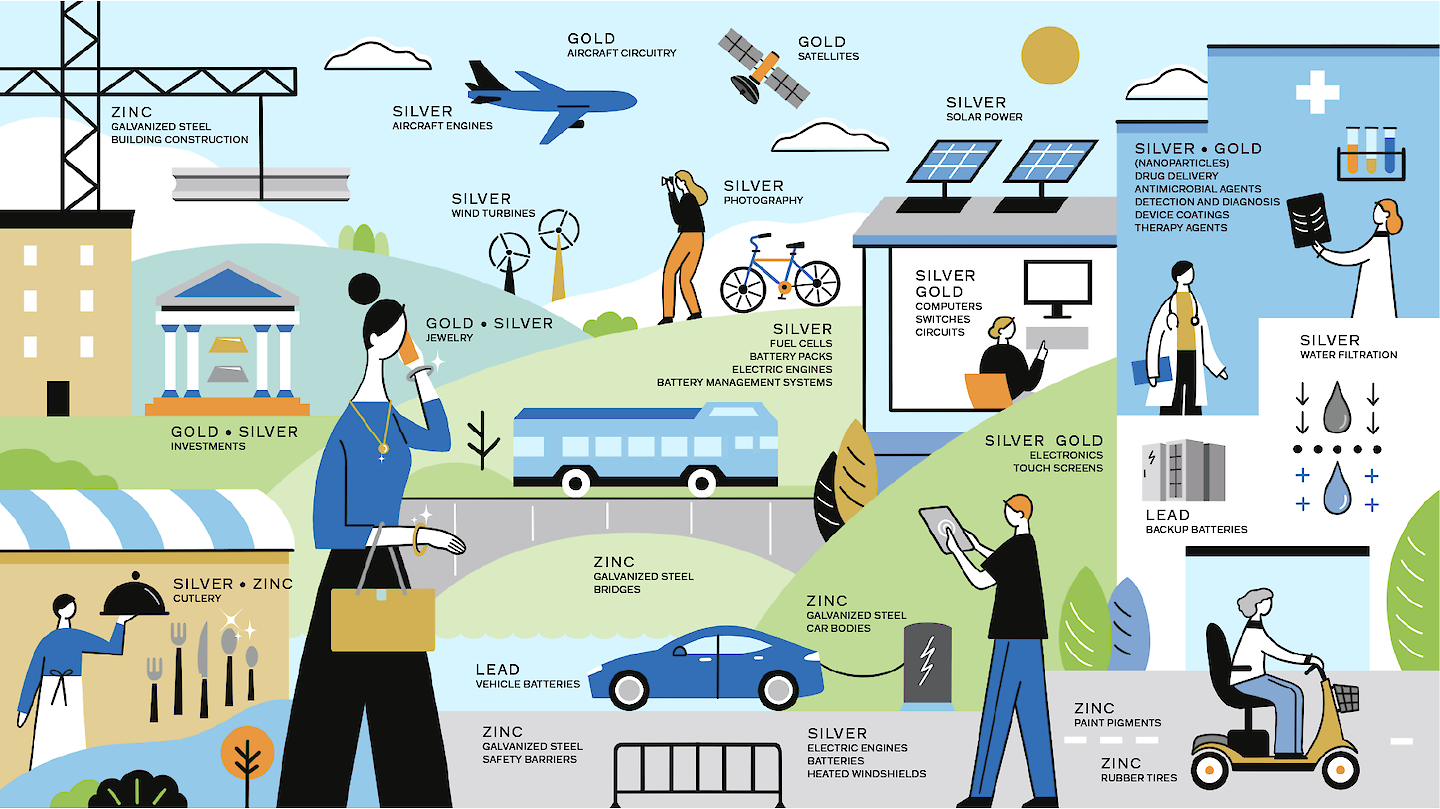Mining is necessary to provide the world with metals and minerals essential for all aspects of modern life. From personal electronics and medical equipment to vehicles, buildings, and energy generation, mining touches every part of our lives.
The United Nations (U.N.) predicts the global population will reach 9.7 billion people in 2050. To support every person’s needs and protect the planet, resource development, including mining, needs to be responsible and sustainable.
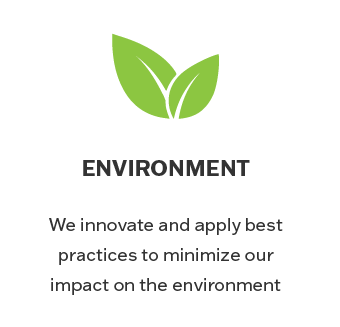
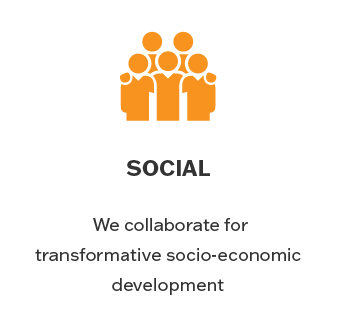
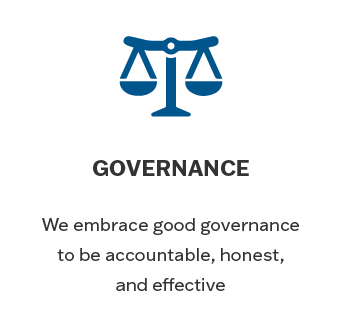
At Fortuna, we produce silver, gold, zinc, and lead from five mines in Argentina, Burkina Faso, Mexico, Peru, and Côte d'Ivoire. Our operations contribute to achieving the United Nations Sustainable Development Goals in two important ways. First, by operating sustainable, socially responsible mines and second, producing the raw materials needed for sustainable development.
Our contribution to achieving SDG 13 Climate Action: Take urgent action to combat climate change and its impacts

Our Process: How we mine
We recognize that our mining operations are the first link in the supply chain to make thousands of items. By reducing the environmental footprint at each of our mines, we reduce the environmental cost to manufacture each of these items.
The mining process is designed to extract valuable metals from rocks efficiently. It involves finding, excavating, blasting, hauling, crushing, milling, and disposing of waste rock. Every mine around the world modifies parts of this process to suit the type of ore they seek using the resources and technologies available.
Mining, particularly mineral processing and transportation, uses large volumes of energy and water and produces greenhouse gases (GHG), dust, and other potential pollutants. At Fortuna, we set goals and targets to track our energy and water use in order to mine more responsibly, including:
- Minimize freshwater consumption and maximize water reuse
- Use less energy and renewable energy sources where possible
- Reduce GHG and dust emissions
- Monitor tailings according to regulations
- Protect and conserve plants and animals
- Close the mine according to the closure plan
We explain the details of our mining processes in our technical reports and report on our efforts to reduce our environmental footprint in our annual sustainability reports.
SILVER
There is no substitute for silver (element Ag). The shiny light grey metal is malleable and ductile, meaning we can stretch it into a thin wire or press it into almost any shape without breaking. It is also an excellent conductor of electricity. For these reasons, we use it to make jewellery, silverware, and electronic components such as wires, switches, and printed circuit boards.
- Wiring: Silver is perfect for wiring inside smartphones, where it can be bent and squeezed into tiny spaces without breaking.
- Solar panels: One of the most significant industrial applications for silver today is its use in photovoltaic (P.V.) cells, the building blocks of solar panels.
- Medicine: People have also used silver for centuries to fight infection because of its antimicrobial properties. Trace amounts of silver will attack bacterial cells, partly dissolving their outer coating, and disrupting the cell’s function.

The 2020 global pandemic affected all markets and economies, and silver was no exception. According to the World Silver Survey 2020, demand for silver in the short term will slow for industrial uses, photography, jewelry, and silverware but demand for silver for physical investment is on the rise.
Looking further ahead, the demand for silver in hybrid and electric vehicles – which need more silver than traditional combustion engine vehicles – is also expected to rise. With solar power generation expected to almost double by 2025, this sector will be an important source of demand for silver over the next ten years.
Visit the Silver Institute for more information about silver.
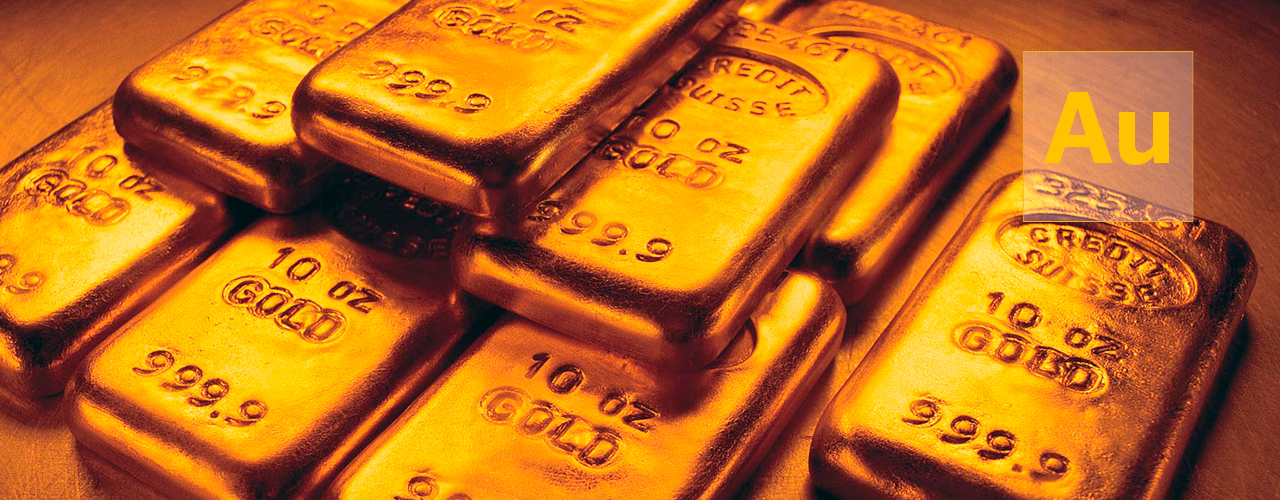
GOLD
Gold (element Au) has tremendous emotional, cultural, and financial value. People have used the soft, yellow metal for jewelry, decorative, and monetary purposes for thousands of years. It is resistant to corrosion and does not tarnish. Today, gold is also a vital material in computers, smartphones, and other electronics and has medical and aerospace applications.
- Jewelry: Around half of the gold mined around the world is made into jewellery.
- Bullion: We use another 40% to make gold bullion, a universal store of value and globally recognized currency.
- Medicine: The remaining 10% we use in technology, from thin gold coatings making solar panels more efficient to gold nanoparticles for critical medical applications such as cancer, arthritis treatment, and HIV/AIDS diagnosis.
Trends over the last decade have seen less gold used from jewellery and more for investment, whether in physical gold or gold investment vehicles. Demand for gold in technology is steady.
Visit the World Gold Council for more information about gold.
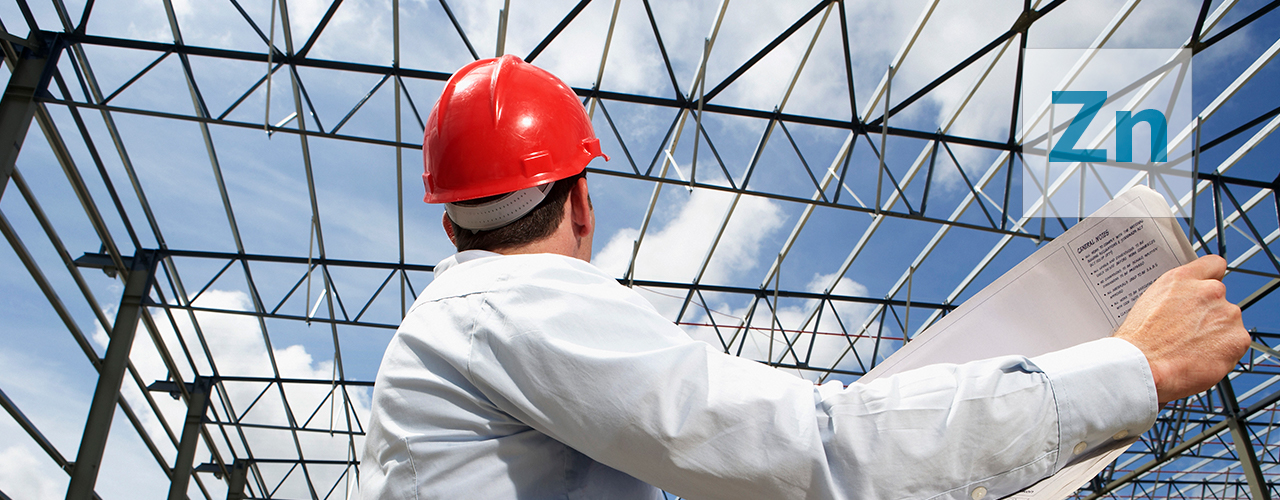
ZINC
Zinc (element Zn) is a blueish-white metal with a dull finish. One of its most valuable qualities is its ability to protect steel from corrosion, and we use more than 60% of the zinc produced each year for this purpose.
- Construction: Steel is used worldwide for buildings, infrastructure, bridges, ships, vehicles, electrical appliances, and more, and zinc sheets are used in roofing.
- Zinc oxide: At the other end of the scale, we use small amounts of zinc oxide in everything from fertilizers to sunscreens to solar cells.
Visit the International Zinc Association for more information about zinc.
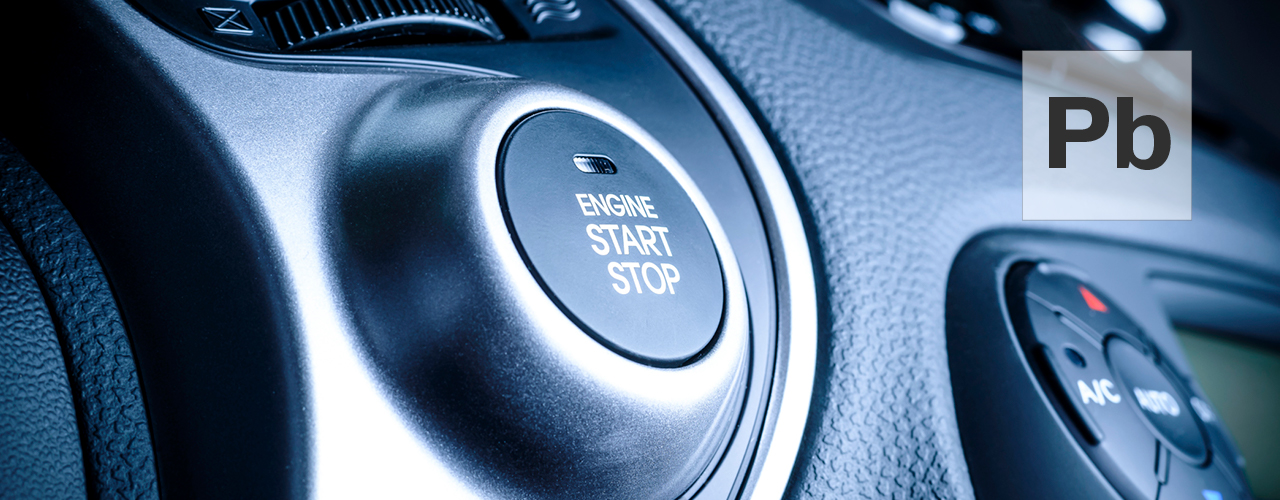
LEAD
Lead (element Pb) is a soft, dense dark grey metal that can be stretched into a thin wire or pressed into almost any shape without breaking. We use more than 85% of the lead mined around the world each year to make safe, reliable and affordable lead-acid batteries.
Lead-acid batteries are used to power cars, trucks, buses, motorbikes, electric vehicles, and hybrid vehicles. They are used to store energy produced by renewable sources, such as solar and wind, and as backup power supplies for hospitals, cell phone networks, and emergency services.
Demand for personal electric vehicles, together with industrial vehicles and standby storage for renewable power sources, drives the global market for lead-acid batteries.
Visit the International Lead Association for more information about lead.



